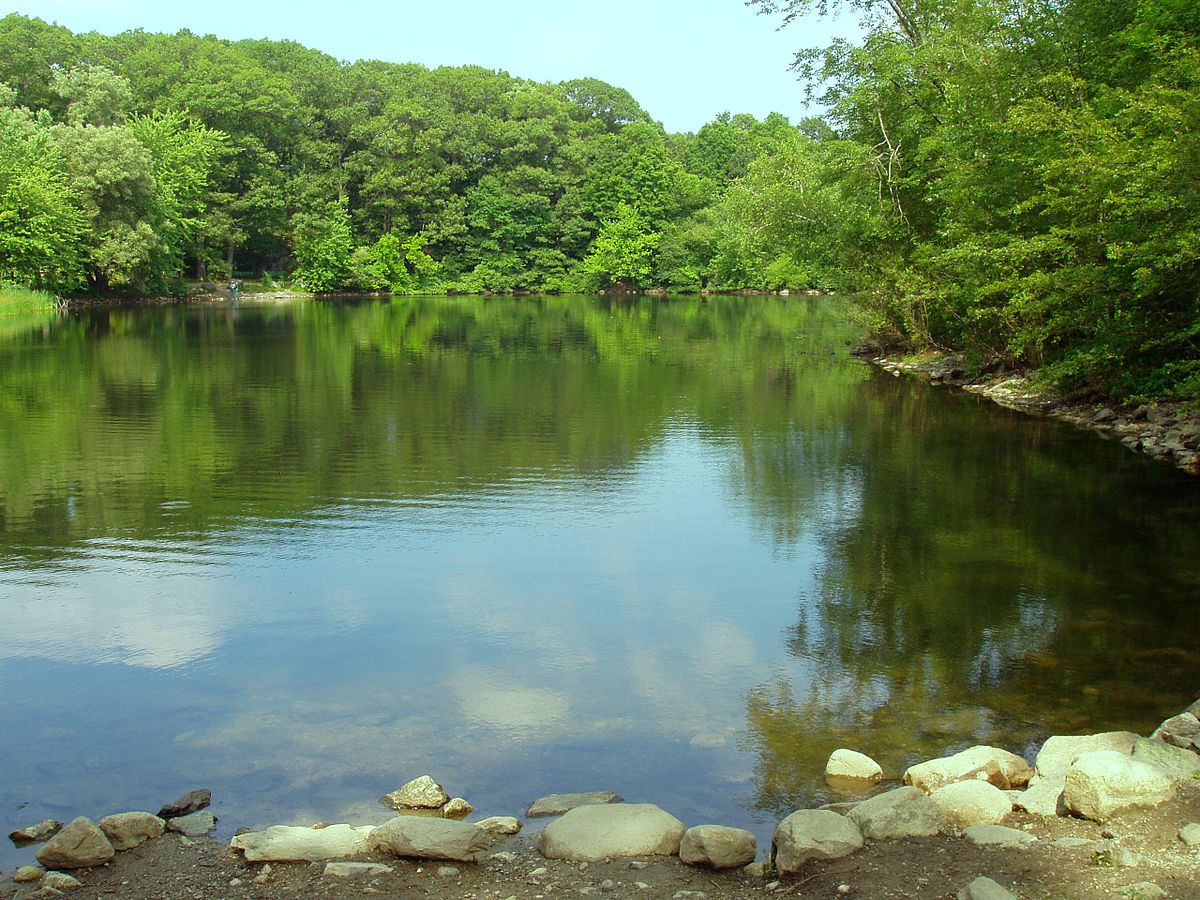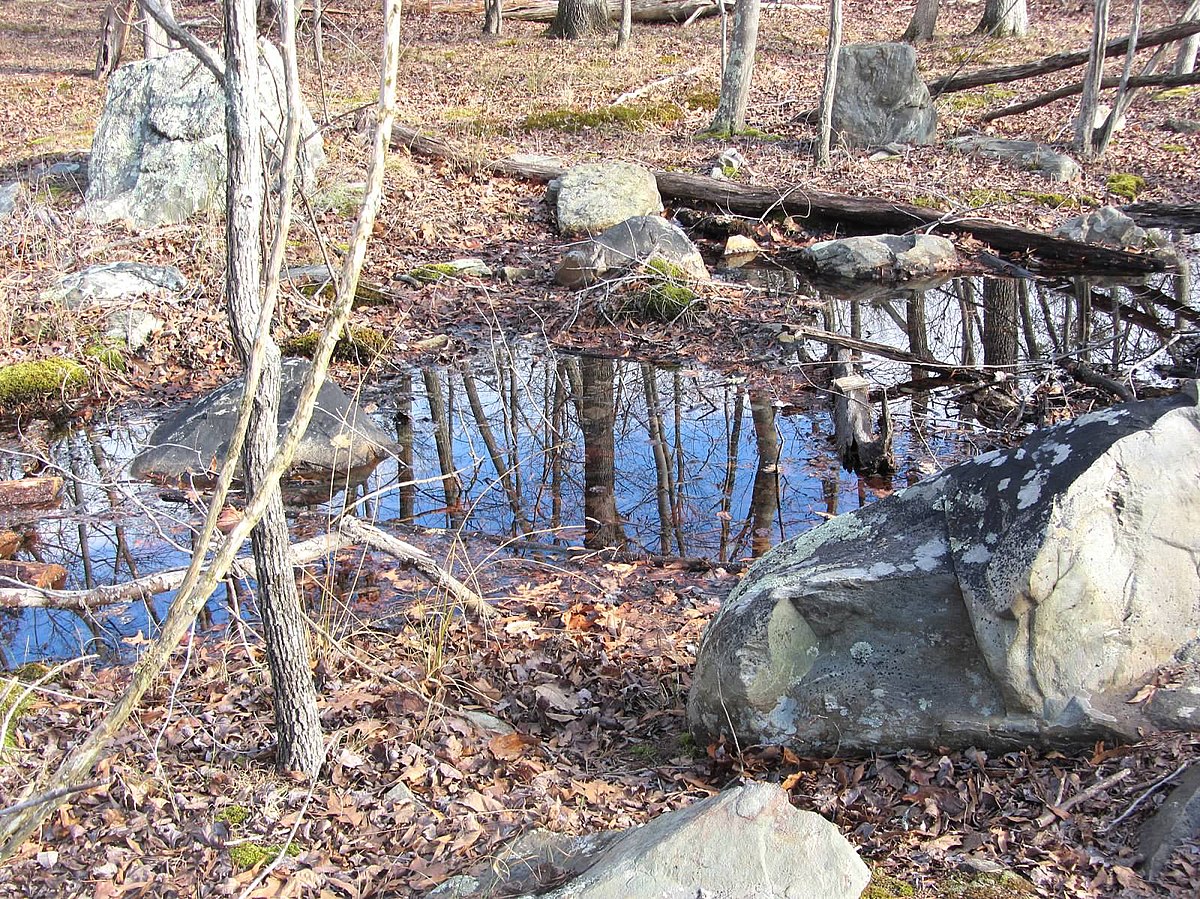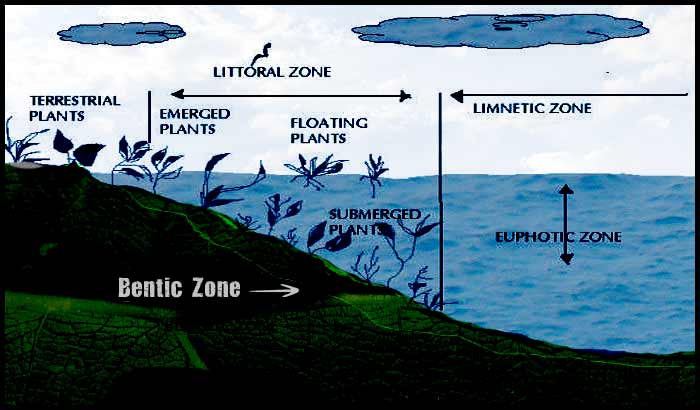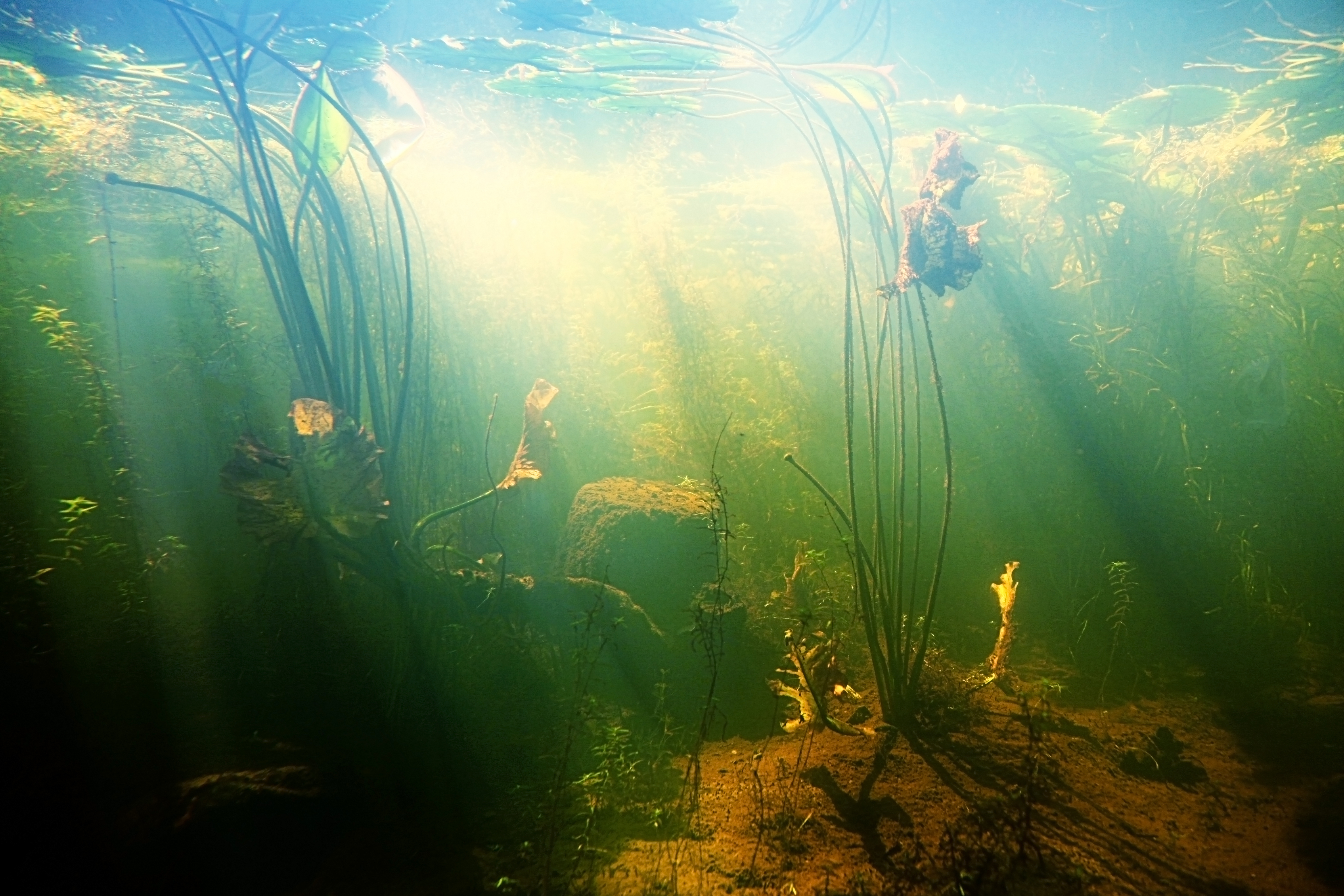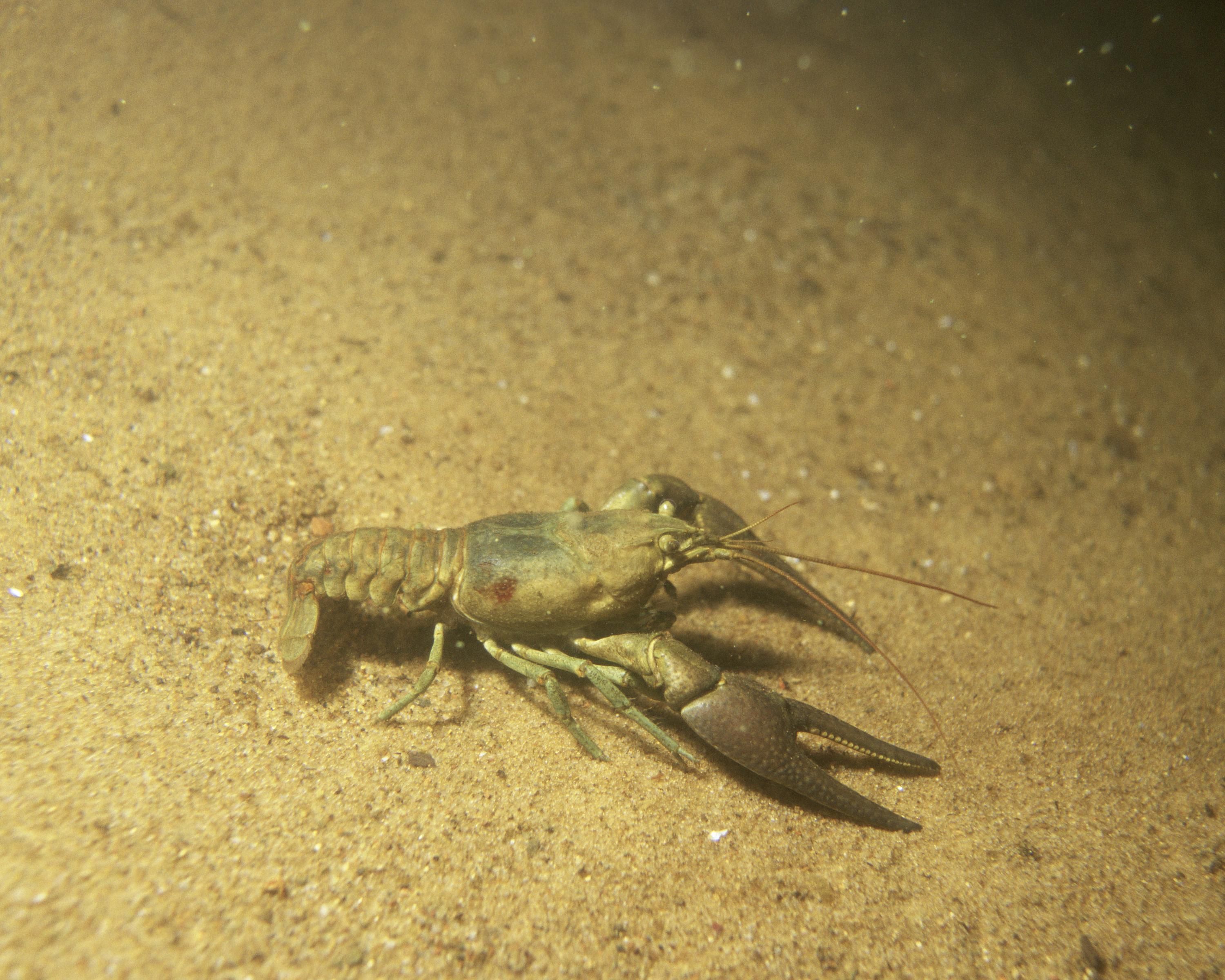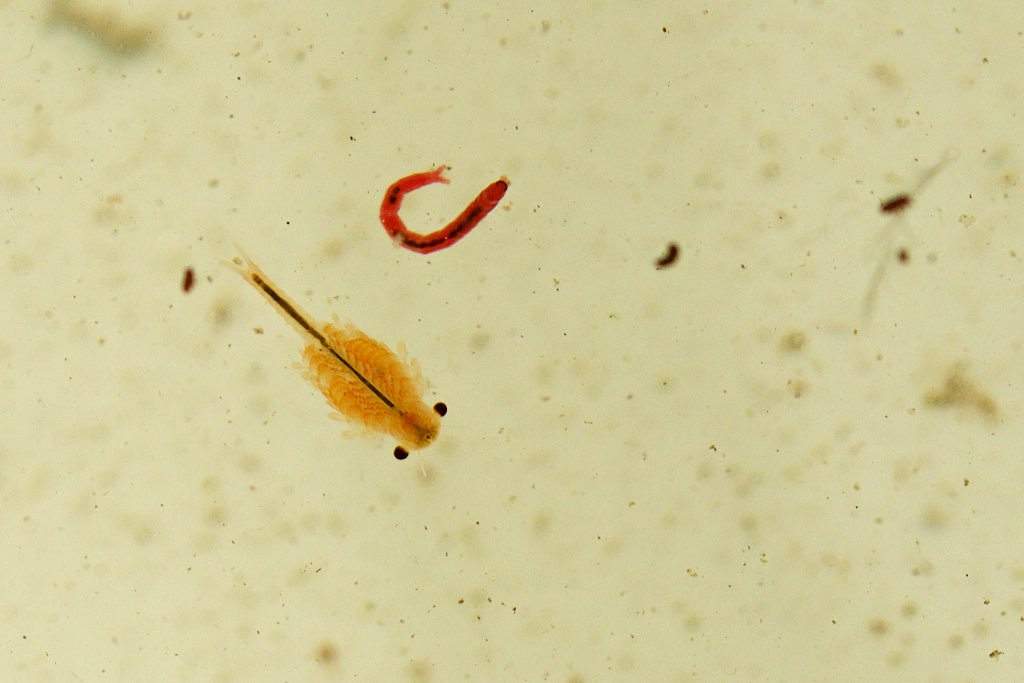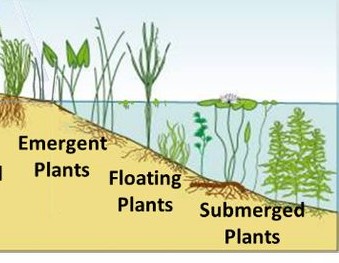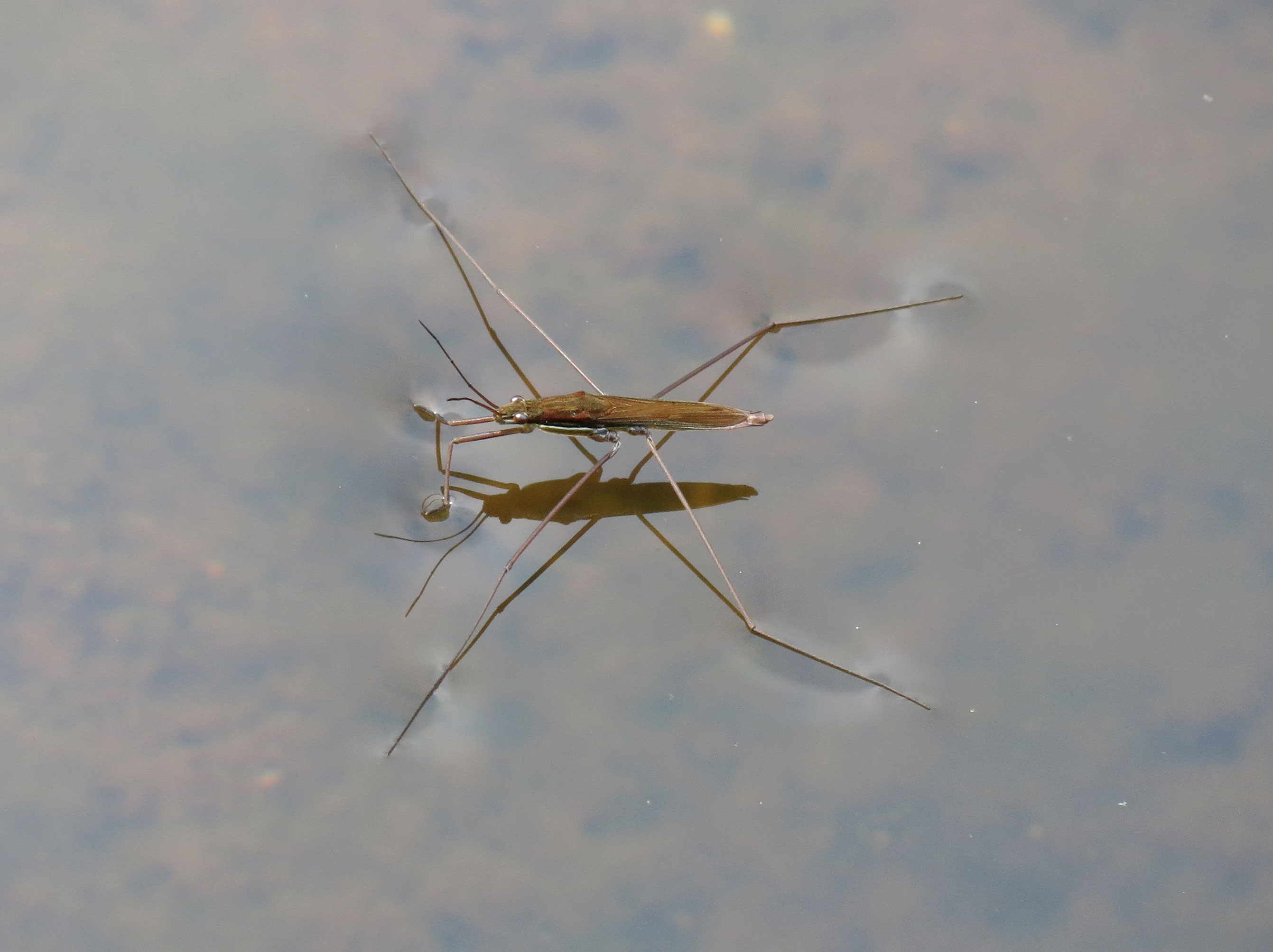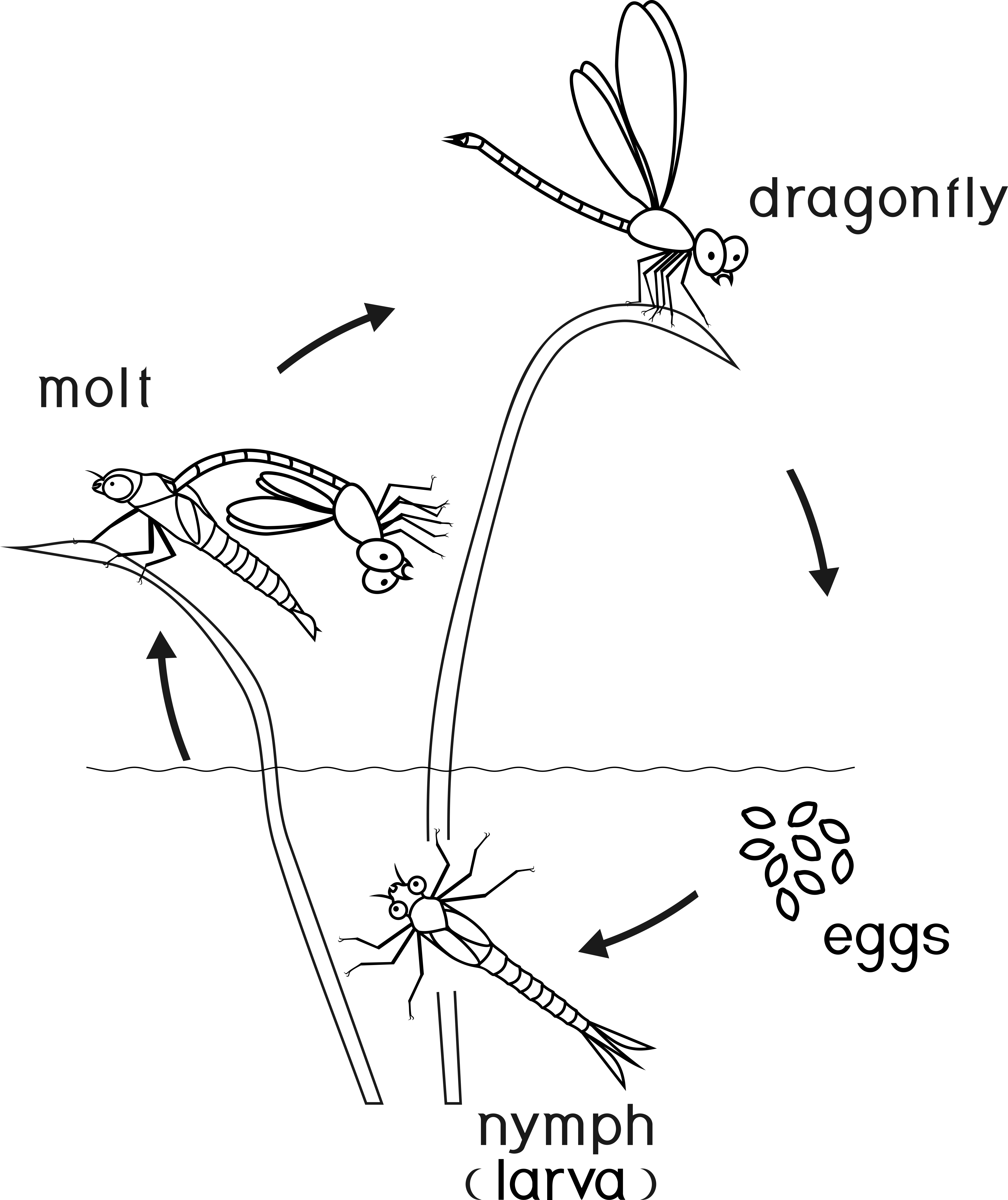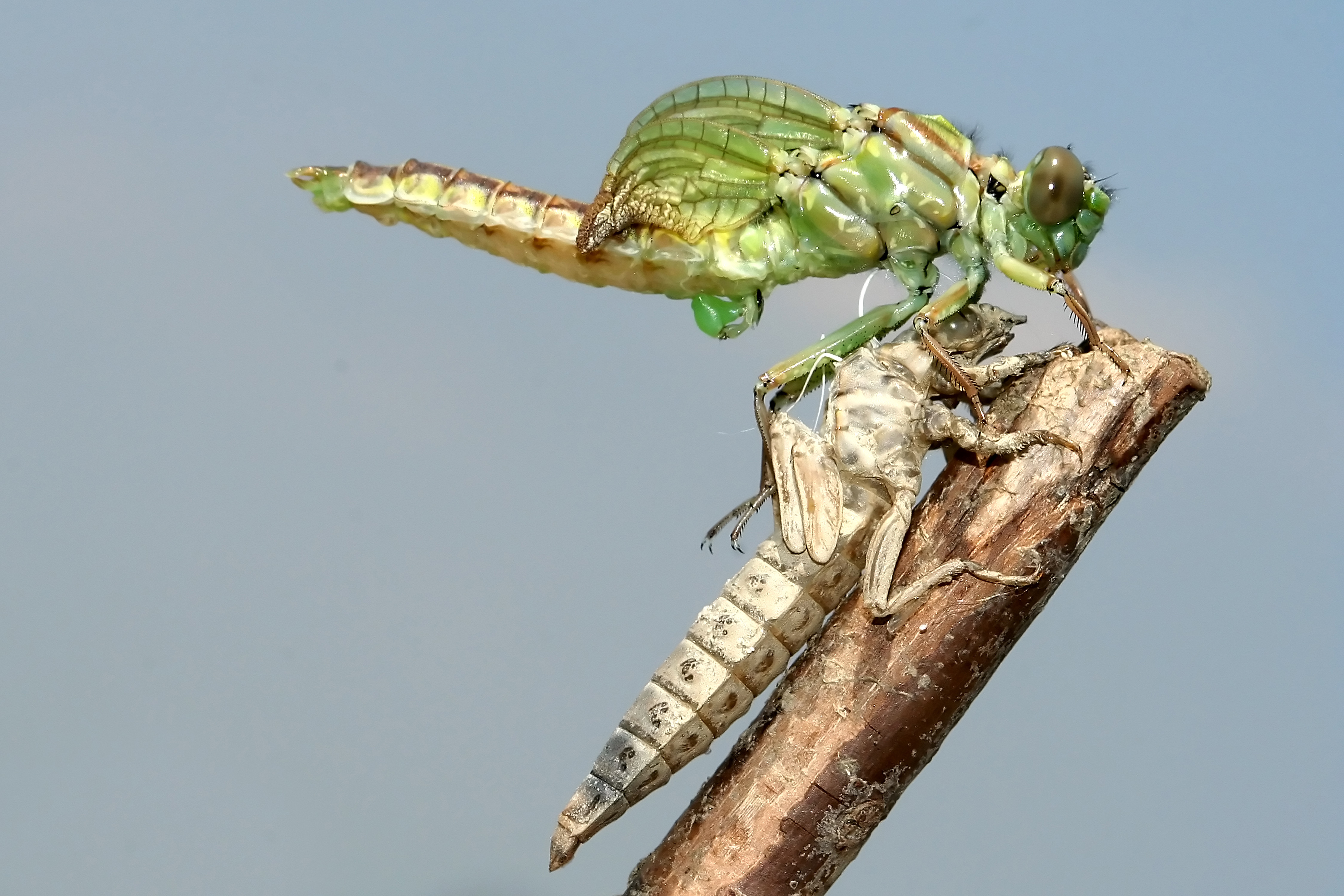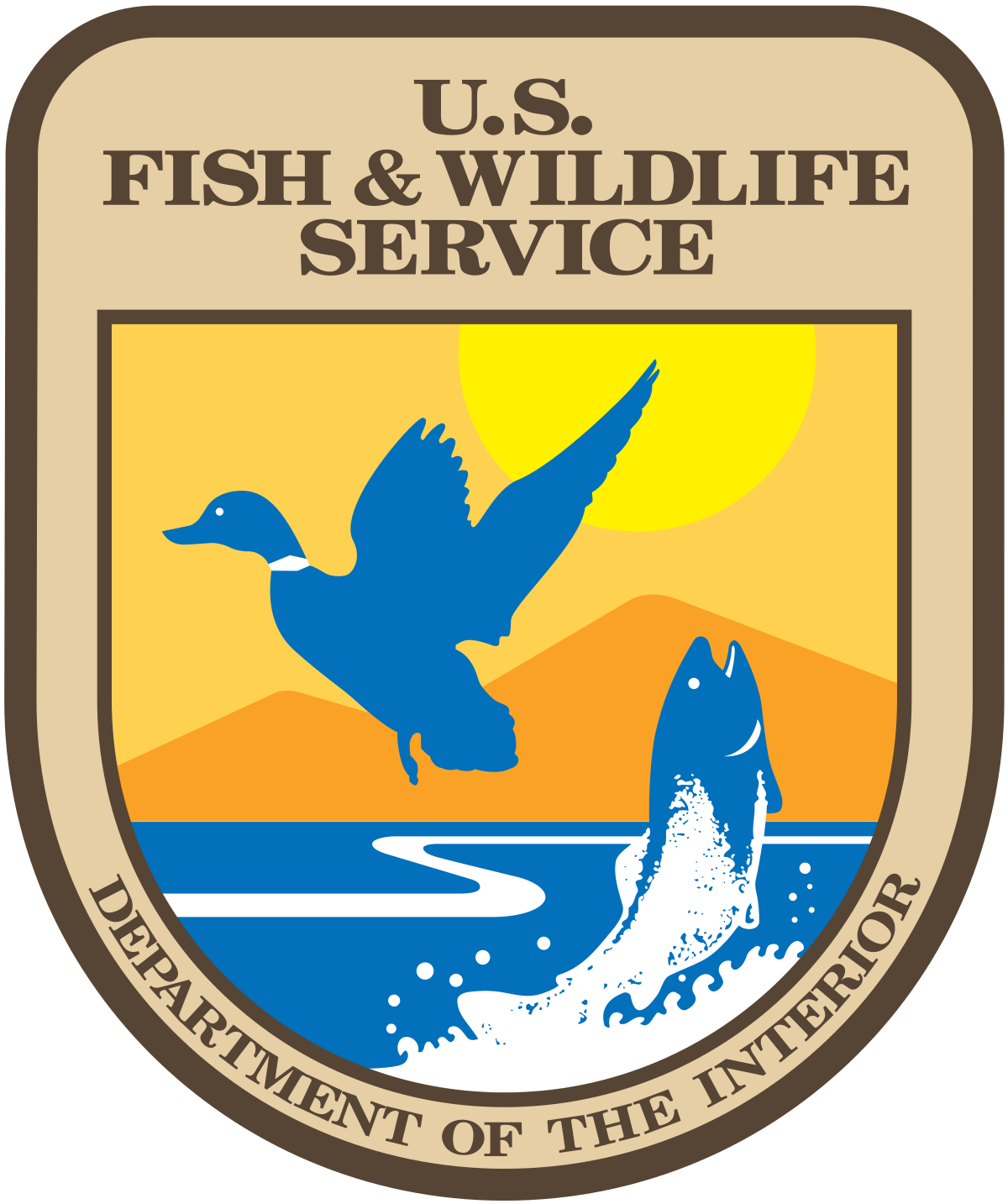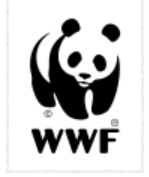Upper Grades Ecosystem Investigation: Pond
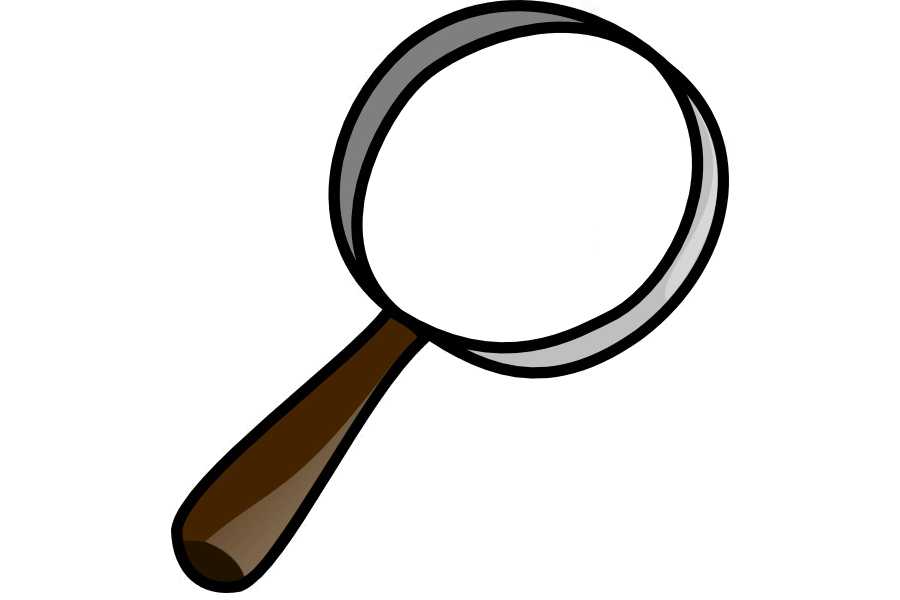
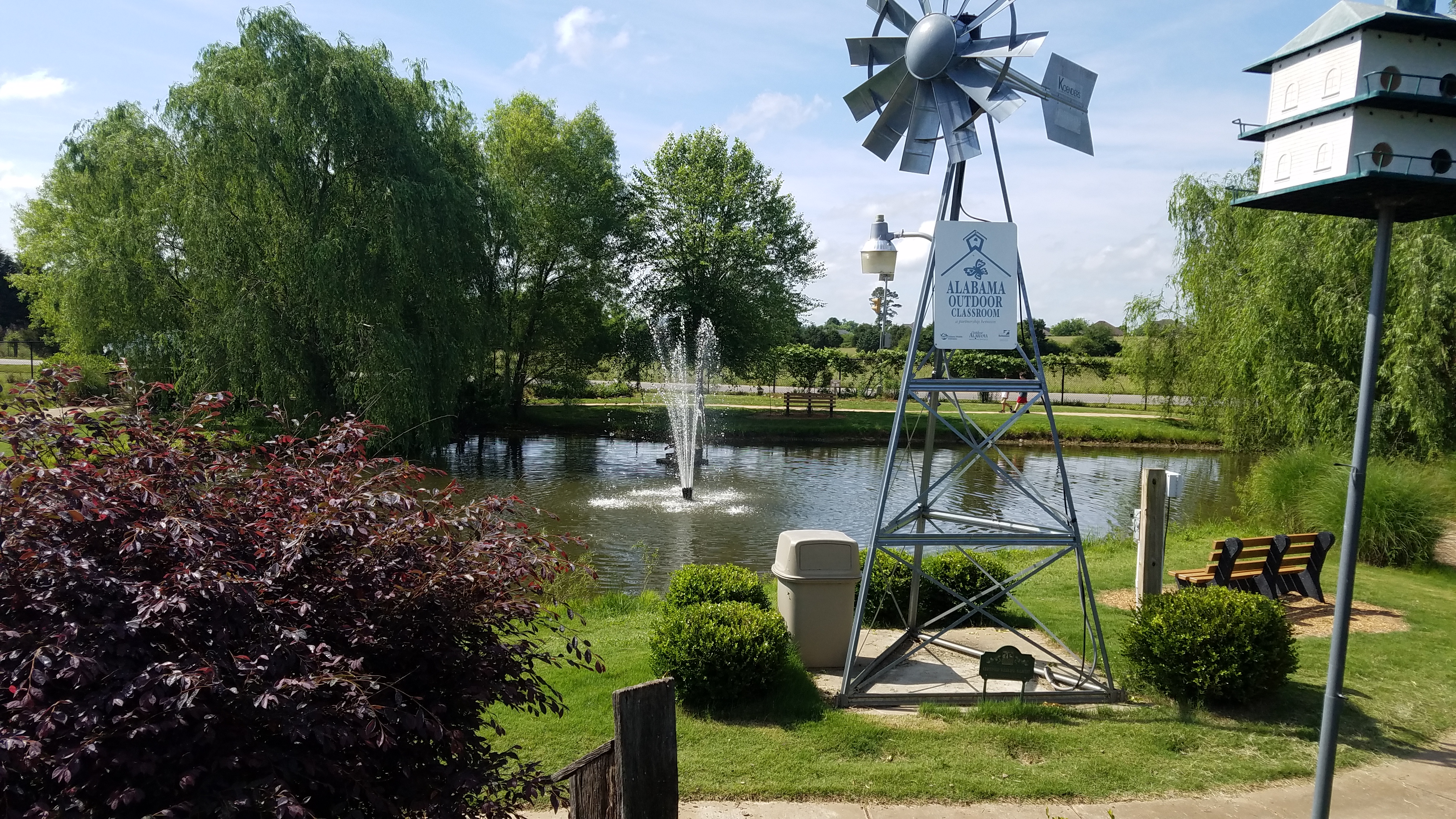
|
| Legacy Elementary Pond Click image to enlarge it |
A pond is an aquatic habitat that provides food, water, and shelter for many types of animals - adults and babies. Different regions of the pond offer different resources, creating an array of smaller habitats within the whole pond.
| Click on the topics below to learn more! | ||
| What is a Pond? | Pond Habitats | Dragonflies |
| What is a Pond? | |
| Simply put, a pond is a small body of water that is shallow enough for sunlight to reach the bottom, allowing rooted plants to grow at its deepest point. There are two types of ponds – permanent and temporary. While permanent ponds exist year-round, temporary ponds do not. Temporary ponds are also call vernal pools. They develop seasonally when rain or melting snow fill in shallow depressions in the ground. They typically dry up in the summer. |
Permanent Pond
Dadetor - Wikimedia Click image to enlarge it |
| Over time, ponds can change into marshes or swamps and then back to land. This process takes time…sometimes hundreds of years! The first plants to grow on the bottom of the pond are called pioneer plants. Next, plants called emergent plants start to grow around the edge of the pond. Over time, the plants in and around the pond die and decompose, causing layers of soil to build up. This makes the pond shallower and shallower. |
Vernal Pool
CO Canal NHP - Wikimedia Click image to enlarge it |
| The shallower the water gets, the more plants from the edge of the pond begin to grow inside of the pond. At this point, the pond becomes a marsh. As the marsh plants grow and die, trees may begin to grow, creating a swamp. If the swamp dries up over time, it will become a forest or grassland. | |
| Pond Habitats | |
| Ponds are noted for their abundant and rich varieties of plant and animal life. Life forms range from microscopic bacteria to insects, fish, small animals, and birds. Several distinctive zones or microhabitats (smaller habitats within a larger habitat) can be found within the pond community. Depending on its size, a pond may have one, multiple, or all of these zones. |
Pond Zones Untamed Science Click on image to enlarge it |
| Open-water Habitat (Limnetic Zone) |
|
| The open-water area mainly consists of the water surrounded by plant life. It ends where vegetation is dense and rooted into the soil. |
|
| The open water habitat is composed of large, free-swimming organism such as fish, and small microscopic plants and animals called plankton that drift in the water. Phytoplankton (small suspended plants), mostly consisting of algae, are the basic food in lakes. Small suspended animals such as tiny crustaceans, insect larvae, rotifers, and other invertebrates called zooplankton also live in the open-water habitat and are basic food for pond animals. The availability of plankton vary from season to season, but are most abundant during Spring. |
Underwater in a Open-water Melissa King - Dreamstime Click image to enlarge it |
Other animals such as turtles, birds and larger fish come to the open-water area for food. Some insects, insect larvae, and crustaceans migrate from the bottom towards the surface, but return to the bottom as daylight appears. |
|
|
Bottom Habitat (Benthic Zone)
Life in the bottom habitat of a pond depends upon the type of bottom a pond may have.For example, if the pond is shallow and has a sandy bottom it could be inhabited by sponges, earthworms, snails and insects. The bottom of quiet, standing water ponds are characterized as muddy or silty, and life represented in these types of ponds are crayfish, and the nymphs of mayflies, dragonflies, and microorganisms. These animals usually burrow into the bottom muds. |
Crayfish at Bottom of Pond Pixnio Click image to enlarge it |
| If the water in the pond is turbid (cloudy and thick), light does not penetrate to the bottom and plants cannot grow. Due to the lack of vegetation, the availability of shelter for animals is almost null. The amount of dissolved oxygen will be low, and the concentration of carbon dioxide will be high. Still, animals such as earthworms, small clams, fairy shrimp, and fly larvae such as bloodworms can survive here. |
Bloodworm & Fairy Shrimp (Microscopic Organisms) Flickr - Distant Hill Gardens Click image to enlarge it |
|
Shore Habitat (Littoral Zone)
The shore habitat extends from the waters edge outward as far as rooted plants grow. This is the richest (highest number of species) area in the pond community because of the plant life that exists in this area.Typically, there are three distinct borders of flowering plants that makes up the shore habitat: the emergent plant zone; floating plant zone; and submersed plant zone. If the shore is rocky, plants may not grow in this area. |
|
| The emergent plant zone is closest to the shore. Here, plants are rooted to the bottom. Their stems and leaves appear above the water surface. The emergent zone should be bountiful with grasses, sedges, rushes, and algae. Along with the plants, it is home to animals such as protozoans, worms, insects, snails, and small fishes. The floating plant zone is made up of broad, flat-leaved water lilies, water ferns, and duckweed. Animals such as snails, bugs, and mayflies, larvae and eggs may live located underneath these plants. A variety of algae can be found in this zone. Most aquatic animals use this area for breeding and nesting. |
Different Plants in Shore Habitat Michigan State University Click on image to enlarge it |
The submersed plant zone is the area of vegetation that surrounds the center of the pond. The plants in this area all have leaves that are long and slender or bushy and branched. Pondweed, waterweeds, and hornwarts are some of the flowering plants found in this zone. The flowers of these plants are pollinated above the water surface. The seeds of these plants germinate and the plants develop underneath the water. |
|
|
Surface Film Habitat
The surface film habitat is located on the top (surface) of the pond water. It is the habitat of air-breathing floating animals (insects) such as water striders and other animals that have special devices that allow them to walk on the surface of water without breaking through. Some insects and free-floating animals are adapted to live only on the upper side of the surface film. The animals that dwells on the surface usually feed on the floating plants, insects and other animals that may have been killed or drown and floated to the surface. The surface dwelling animals may even feed on one another. |
Water Strider on Water Wikimedia - Katja Schulz Click on image to enlarge it |
| Other animals, along with the larvae of some beetles and flies spend much of their life on the underside of the film beneath the floating plants. | |
SOURCES
 |
|
|
|
|
||
|
|
 |
|
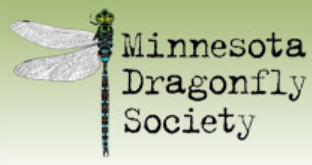 |
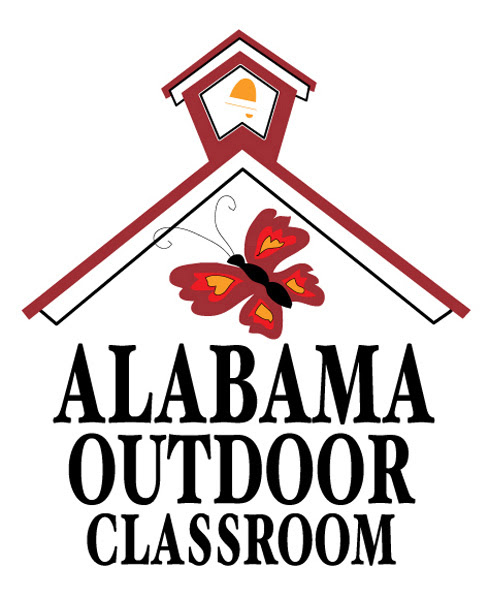 |
.
 Wildlife Tag
Wildlife Tag
